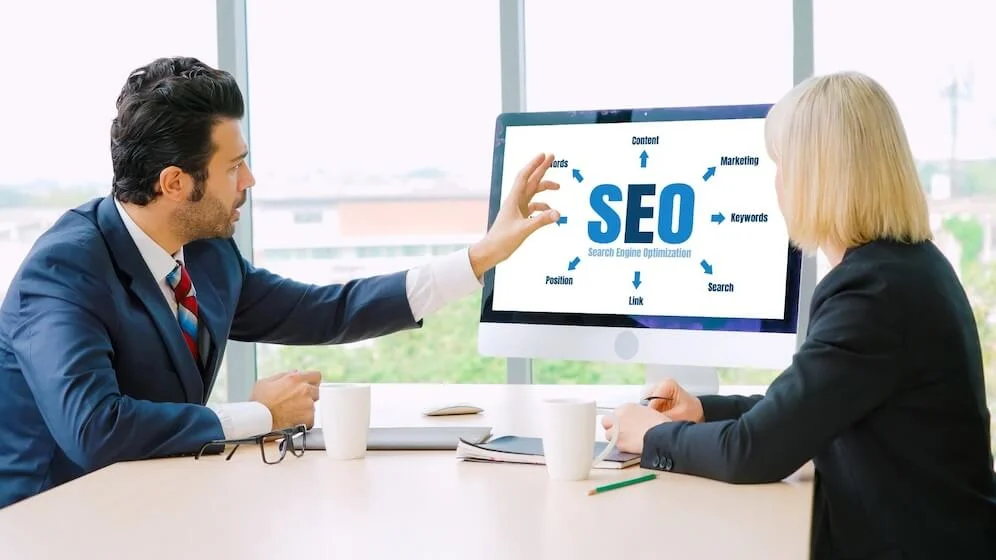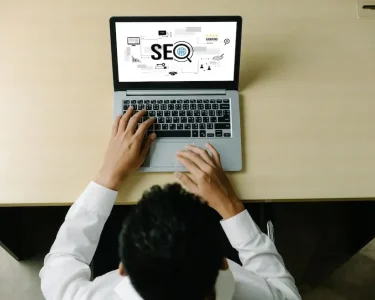Introduction:
On-page SEO is the process of optimizing individual pages on your website to improve their visibility and ranking in search engine results in pages. By optimizing your website’s on-page elements, you can make it easier for search engines to crawl and index your pages, which can lead to increased traffic and conversions.
Understanding On-Page SEO:
On-page SEO involves optimizing various elements of your website pages, such as page titles, meta descriptions, headings, content, images, and internal linking. These elements work together to improve the visibility and ranking of your website pages in search engine results pages.
Conduct Keyword Research:
Conducting keyword research is essential for identifying the keywords and phrases that people use to search for content related to your website. By conducting keyword research, you can optimize your pages accordingly and improve their chances of ranking higher in search engine results pages.
Optimize Page Titles and Meta Descriptions:
Page titles and meta descriptions should accurately reflect the content of the page and include relevant keywords. They should also be concise and engaging to improve the click-through rate from search engine results pages.
2023 SEO Strategies: Top Ways To Boost Your Website’s Ranking
Use Header Tags to Structure Content:
Header tags should be used to structure the content of a page, starting with the H1 tag for the page title and using subsequent header tags (H2, H3, etc.) to organize the content. This helps search engines understand the structure of your website and improve the user experience.
Create High-Quality, Relevant Content:
The content of a page should be high-quality, relevant, and engaging. It should provide value to the user and include relevant keywords. You should aim to create content that is unique and informative, rather than simply trying to rank for keywords.
Optimize Images:
Images should be optimized for search engines by including relevant alt tags and descriptive file names. This can help to improve the visibility of your pages in search engine results in pages.
Use Internal Linking:
Internal linking of your website involves linking to other inner pages on your website. It helps search engines understand the structure of your website and can improve the user experience. You should aim to include internal links where relevant, using descriptive anchor text.
Ensure Fast Loading Times:
Fast loading times are important for both user experience and search engine rankings. You can improve loading times by optimizing images, minimizing HTTP requests, and using browser caching.
Our Perspective:
On-page SEO is critical to improving the visibility and ranking of your website pages in search engine results pages. By optimizing your pages for on-page SEO best practices, you can improve your website’s visibility and ranking. Remember to focus on providing value to your visitors and creating high-quality and engaging content that addresses the needs and interests of your audience. By doing so, you can achieve better rankings and ultimately drive more traffic and conversions to your website.




